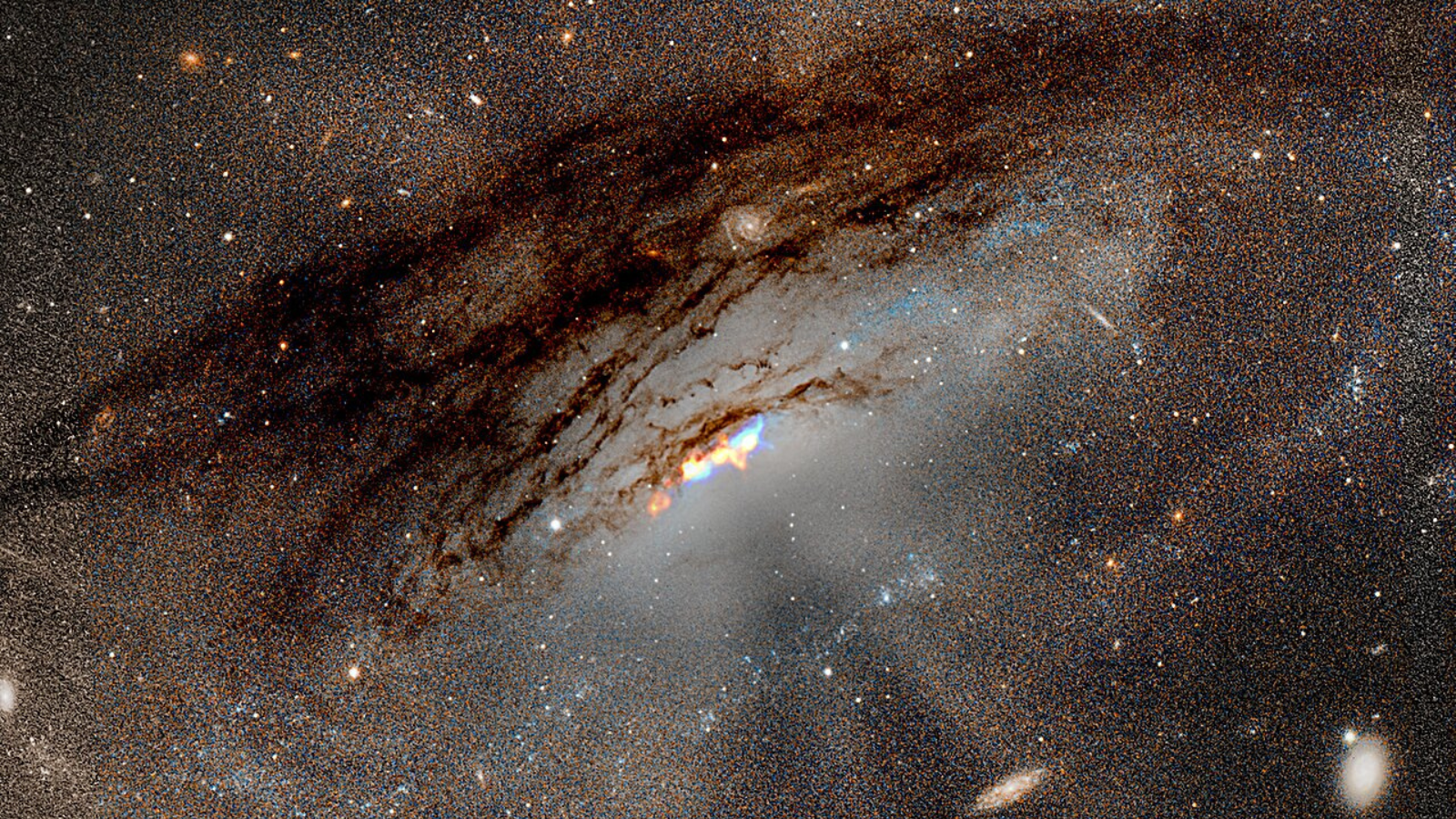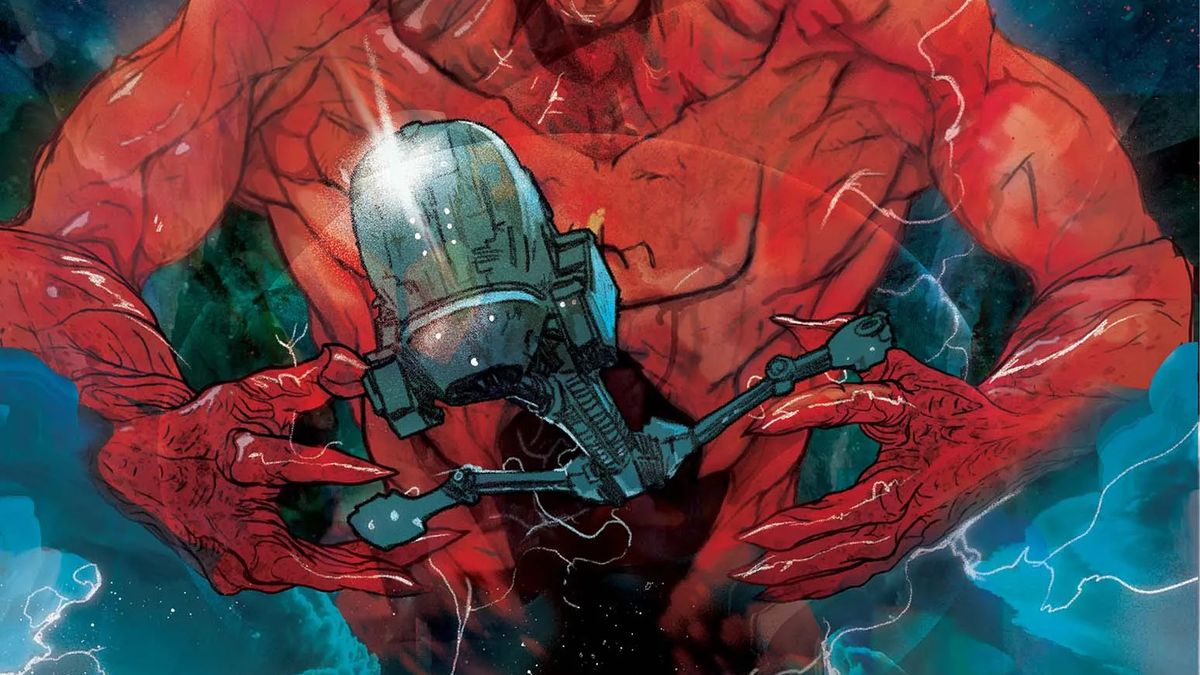NASA is seeking the public's help to classify thousands of galaxies imaged by the James Webb Space Telescope (JWST).
Through the citizen science project, called Galaxy Zoo (part of the Zooniverse platform), volunteers can help astronomers analyze over 500,000 JWST images to identify the shapes of galaxies and how they have changed over time. This, in turn, contributes to our understanding of the evolution of the universe, according to a statement from NASA.
"This is a great opportunity to see images from the newest space telescope," Christine Macmillan, a Galaxy Zoo project volunteer from Aberdeen, Scotland, said in the statement. "Galaxies at the edge of our universe are being seen for the first time, just as they are starting to form. Just sign up and answer simple questions about the shape of the galaxy that you are seeing. Anyone can do it, ages 10 and up!"
With its advanced infrared capabilities, JWST has provided an unprecedented view of the cosmos, revealing galaxies at greater distances than ever before. The space telescope is able to see distant objects as they appeared billions of years ago, offering insights into the early stages of galaxy formation, star birth and the processes that have shaped the cosmos over time.
Images taken by JWST are uploaded to Galaxy Zoo, which uses an AI algorithm called ZooBot to identify those that are easier for volunteers to analyze. As part of the project, participants are asked a series of questions to help classify the shape, structure and features of a galaxy presented in an image on screen.
"I'm amazed and honored to be one of the first people to actually see these images!" Elisabeth Baeten, a Galaxy Zoo project volunteer from Leuven, Belgium, said in the statement. "What a privilege!"
Anyone interested in helping NASA classify galaxy images can visit the online Galaxy Zoo platform.








 English (US) ·
English (US) ·